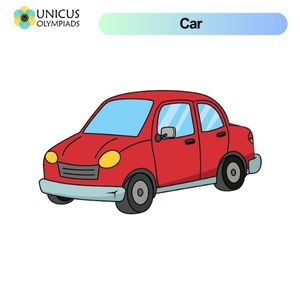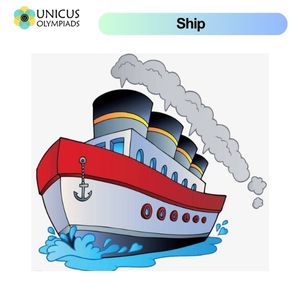

This section explains the different ways people travel from one place to another — whether it's for work, holidays, or everyday movement. Travel can happen on land, in the air, or across water, and each method has its own speed, purpose, and vehicles.














